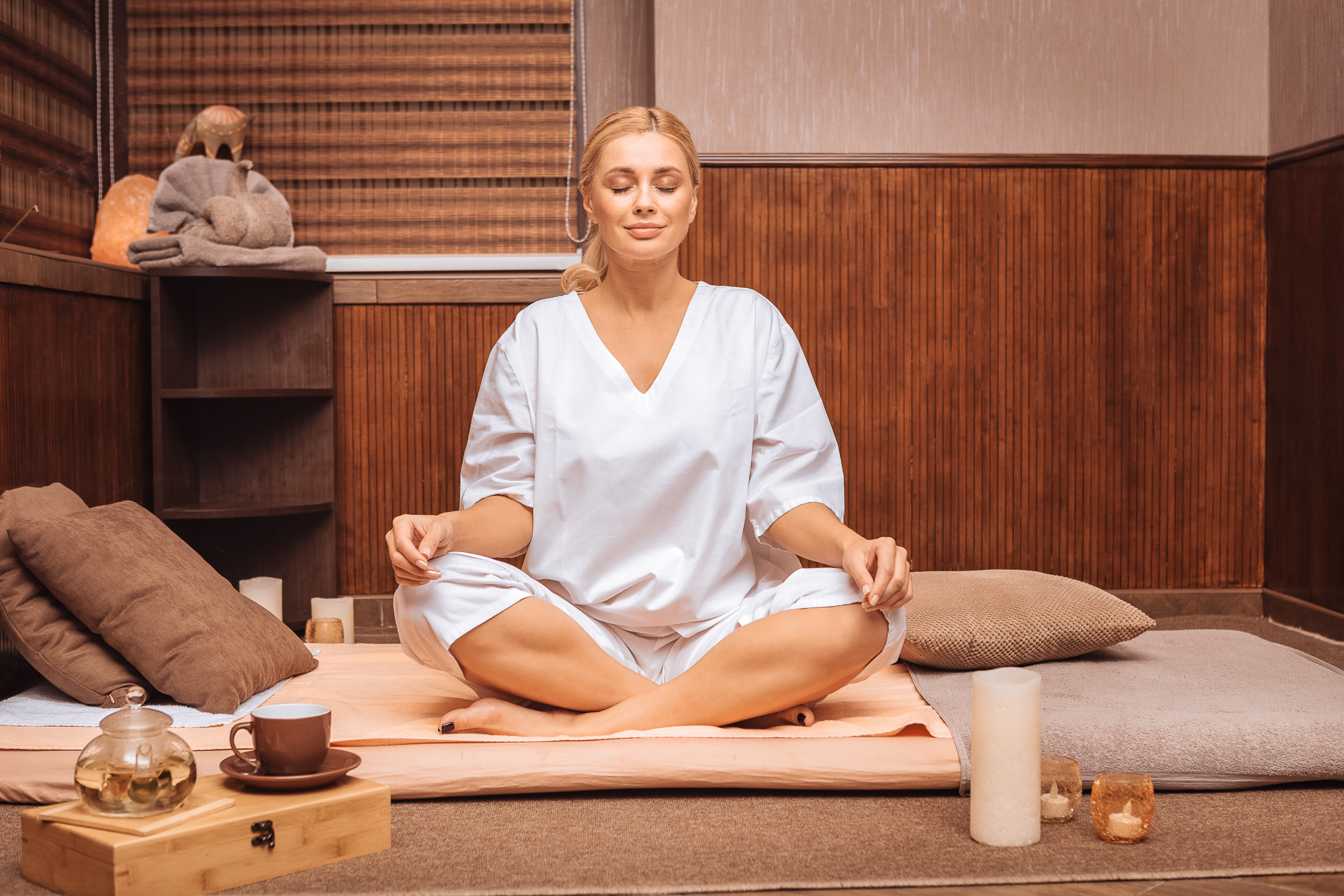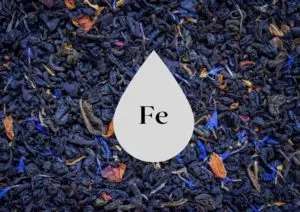There is something in the nature of tea that leads us into a world of quiet contemplation of life.
Lin Yutang, The Importance of Living, 1937
In this article, I explore the benefits of a mindful tea drinking experience and I share my own tea ritual together with some general recommendations.
Mindfulness and its benefits
Mindfulness is about self-care, through consciously experiencing the here-and-now, without judgement. Research has shown that mindfulness can relieve stress and anxiety, boost our mood, help us become more balanced and improve our overall wellbeing. Adding tea to this practice comes with medicinal benefits. Without a doubt, it’s worth making mindfulness a daily habit.
I think we all agree that drinking tea is easy and simple, but does it have to be meaningless?! I believe tea making and drinking should be a ritual of mindfulness. In fact, the long history of tea teaches us that meditation is at the core of tea brewing. In Japan, for example, it is believed that ‘Tea and Zen are of one taste’.
Mindfulness uses our five senses (sight, sound, smell, touch, taste) and can help us better appreciate tea. Tea drinking is a sensory experience that can help us focus on the present. Hence, it is easy to see why the two can complement each other beautifully.
By deliberately choosing to pay attention to tea brewing & drinking, we slow down and become aware of the process. However, we need not let our mind drifting away during this time; if and when that happens we should gently bring our attention back to what we are doing.
Teaver’s slogan is Tea Time, Me Time! which advocates for dedicating the time of tea drinking to reconnect with yourself, nourish your soul and mind, feel peaceful and grateful.
My tea routine
In my own daily routine, I developed the habit of paying my full attention to the experience of making and drinking tea. That has made a huge difference in my life because I work more productively afterwards and I rest better during the night.
Here are the steps I follow:
- I start by clearing my mind of any thoughts so that I can fully immerse myself in the tea ritual.
- First I decide on the loose leaf tea I want to enjoy, depending on the time of day and my current or desired mood.
- Then I choose the teaware for the brewing according to the tea selected.
- When I open the tea box, I breathe in the scent of the dry leaves. I then look at their shape and colour before putting them in the teapot. Moreover, I try to imagine how that tea was made – from plucking, processing to its final shape and colour.
- I heat the water and pay attention to the sound of it heating up in the kettle.
- I then pour the hot water over the tea leaves. If I am using a transparent teapot, I love watching the leaves infusing, opening up and moving in the pot and changing the colour of the water.
I prefer taking the teaware and kettle to my favourite relaxation spot, a cushion on a mat in the bedroom. It’s there where my ritual happens, usually with relaxing music on the background. - As soon as I sit down, I take 1-2 minutes to appreciate the tea in front of me. I am aware that other people are not so fortunate to have access to clean water or to buy good quality tea. At the same time, I am also grateful to the amazing people who made it possible for me to drink that tea.
- I pour the liquor into the cup. I smell the aroma of the wet leaves in the pot and of the liquor. Does the scent remind me of anything, e.g. honey, chocolate, grass, etc? I observe the colour.
- Next, I move to the best part – slowly sipping the liquor and trying to identify its flavour(s). Feeling the warmth of the cup and the texture of the liquor is so comforting.
While tasting I like to take notes of the flavour(s). But you don’t need to do that if you feel that it disconnects you from the ritual. - Between sips, I take some deep breaths, which is an essential part of any meditation.
- Lastly, I bring my attention to how the experience made me feel – to the sensations that it evoked in me like calmness, relaxation or awakening.
This whole process takes my mind away from what happened and what can happen and instead makes me appreciate the little blessings of this wonderful sensory experience. It allows me to connect with my body and soul, and engage all my senses.
My recommendations
You can practice as many times as you need and for as long as you want. In the morning, it should energise you for the day ahead. In the afternoon, it can help you release stress and regain clarity. And in the evening, it should relax and prepare you for a restful night.
There is no right or wrong way to practice tea mindfulness. So, it is up to you how you want to experience it. However, I would recommend putting away your phone, turning off your TV and eliminate any other distractions. If you are like me, you may want to play some meditation music – you can download it and play it offline.
To build a habit, I suggest practising the ritual at around the same time each day. Setting up a time reminder could definitely help. And remember that a short (e.g. 5-10 minutes) session is better than no session.
Think about each session as unique, that it will never come again as today. This will allow you to be fully aware and appreciative of this blissful moment.
The most important things to remember are to notice and be grateful for each move you make in the process, savour the aroma and flavour of each sip, and identify how you felt physically and mentally. In the end, give thanks one more time for the beauty of this simple but so valuable experience.
For a few minutes, tea mindfulness makes life simpler and easier. The more you practice, the more rewarding you will find these sessions.
Lastly, I want to share this tea meditation by where Zen Master Thich Nhat Hanh.


